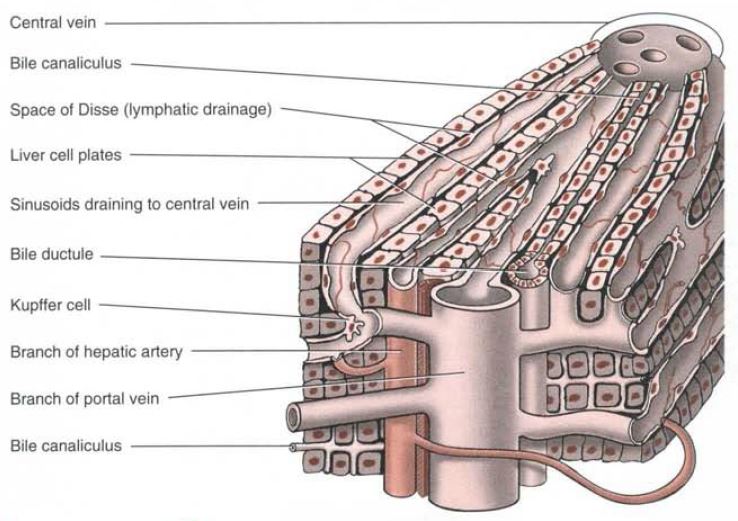Capillaries in 3D printed organs - a big step towards 3D printable artificial organs.
 There has been a lot of hype recently about 3D printed organs. There have been several instances in recent memory where somebody holds up a kidney or liver shaped 3D printed blob of jello-like cells and the press goes wild, as if the jello blob, because it is shaped like an organ, must be an organ and is ready to go directly into a patient. As someone who works with transplant patients all the time I can tell you it's not that simple. Real organs are incredibly complex.
There has been a lot of hype recently about 3D printed organs. There have been several instances in recent memory where somebody holds up a kidney or liver shaped 3D printed blob of jello-like cells and the press goes wild, as if the jello blob, because it is shaped like an organ, must be an organ and is ready to go directly into a patient. As someone who works with transplant patients all the time I can tell you it's not that simple. Real organs are incredibly complex.
Take the liver for example. On the microscopic level there is a meshwork of cells comprised of reticuloendothelial cells. Hepatocytes live within this meshwork. Endothelial cells line small spaces called sinusoids. All these structures are connected to microscopic bile ducts, arterioles, and veins. The picture below demonstrates the microscopic architecture. The point is that an organ is more than a mass of cells. There is very, very complex microscopic and macroscopic architecture.
That's why a recent research paper by a multinational team of investigators is so interesting. Reported in the journal Lab on a Chip, researchers from Australia, Italy, Korea, Saudi Arabia, and American teams at Harvard, Stanford, and MIT, report being able to 3D print capillaries. Additionally, they were able to grow "endothelial monolayers," which basically means a layer of cells that comprise the normal lining of capillaries in the body. An endothelium is important, because without it the blood within the capillaries will clot, leading to tissue death from lack of blood flow.
In theory this advance means that artificial organs with complex microscopic architecture, which is essential for a real organ to function, can be 3D printed. If the artificial organ is also manufactured using cells from the patient, this will eliminate the two greatest problems with modern organ transplantation. These are 1) insufficient number of transplantable organs (in the US they need to be harvested from recently deceased individuals who donate them, and there just aren't enough), and 2) immune rejection of the organ when the body inevitably realizes that the organ is from a different person.
External video demonstrating advances in 3D Printing and bioprinting
This reminds me of an episode of Star Trek when Captain Picard is impaled through the heart and the laughs when he sees the dagger protruding from his chest. He is saved by a heart transplant. Perhaps he is laughing because in the Star Trek future an artificial heart with accurate microarchitecture is probably as close as the nearest replicator. Given this latest research, maybe someday soon we will all feel comfortable about rumbling with a gang of Nausicaans, knowing we can get spare organs whenever we need them.
For updates on news and new blog entries, follow us on Twitter at @Embodi3D.






0 Comments
Recommended Comments
There are no comments to display.
Create an account or sign in to comment
You need to be a member in order to leave a comment
Create an account
Sign up for a new account in our community. It's easy!
Register a new accountSign in
Already have an account? Sign in here.
Sign In Now